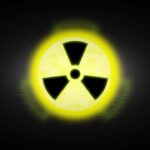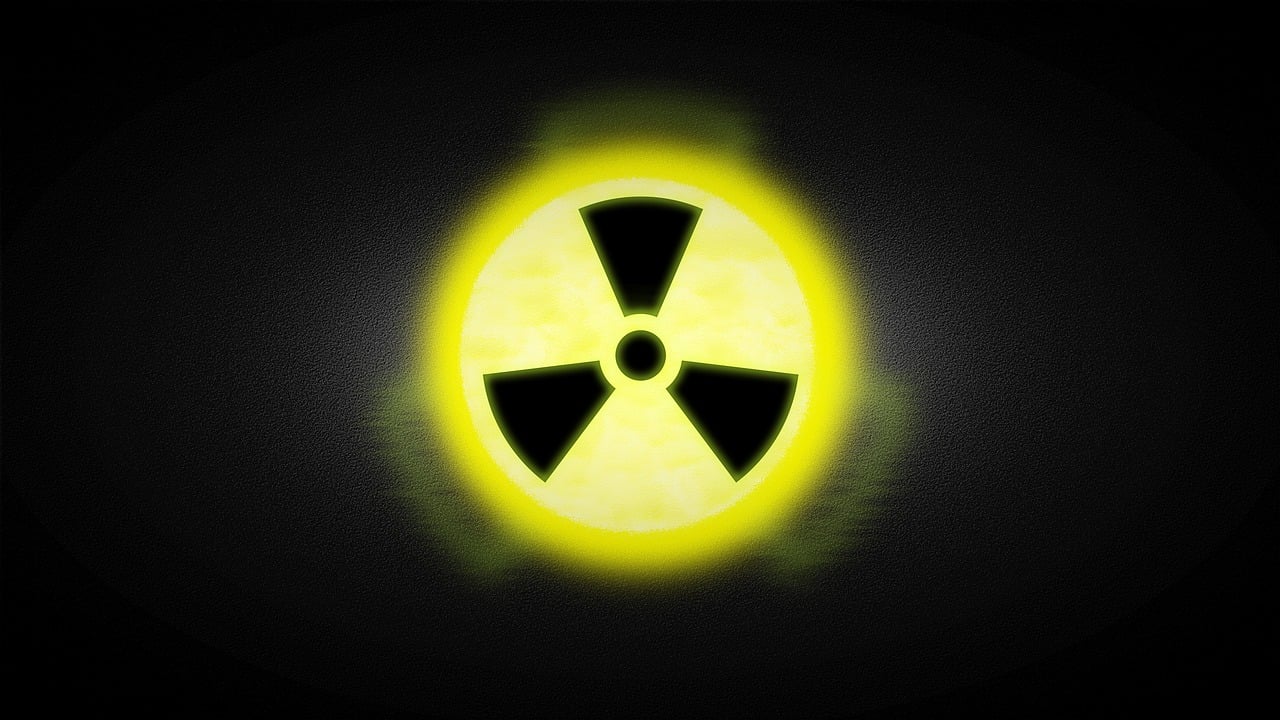Chemical engineering is a discipline built on precision, control, and the safe management of hazardous materials. Yet the history of chemical processing shows that systems—no matter how advanced—remain vulnerable to human error, design flaws, poor communication, and organizational oversight failures. It is through learning from these failures that chemical engineering has evolved into one of the most safety-conscious fields in the world.
Throughout the past several decades, a number of high-profile chemical incidents have fundamentally reshaped process safety culture. These events are not only cautionary tales but also powerful lessons that have led to stronger design standards, more robust operating procedures, and significant technological innovation. This article examines major chemical engineering failures and the process improvements that emerged from them, illustrating how the industry transforms tragedy and error into progress.
1. Flixborough Disaster (1974): The Need for Formalized Change Management
One of the most influential industrial accidents in chemical engineering history occurred at a caprolactam plant in Flixborough, UK, in 1974. A temporary pipe installation—constructed to bypass a leaking reactor—ruptured, releasing a massive cloud of cyclohexane that exploded and killed 28 people.
Root Causes
The bypass modification was designed and installed without proper engineering calculations.
No drawings or stress analyses were completed.
Management assumed the temporary fix was safe based on visual inspection alone.
Lack of formal change-control procedures allowed undocumented modifications.
Process Improvements
The Flixborough tragedy triggered a shift in the way chemical plants handle modifications. It directly led to the development and global adoption of Management of Change (MOC) programs. Today, MOC ensures that:
Every modification, no matter how temporary, undergoes engineering review.
Structural, mechanical, and process impacts are documented before approval.
Risk assessments and hazard analyses are performed before installation.
Detailed procedures ensure accountability, traceability, and verification.
Flixborough taught chemical engineers that even seemingly minor changes can introduce catastrophic risks, and that formalized engineering rigor must apply at every step of plant operation.
2. Bhopal Gas Tragedy (1984): Elevating Hazard Analysis and Community Protection
The 1984 Bhopal disaster in India remains the most devastating chemical accident in history. A runaway reaction in a storage tank released methyl isocyanate (MIC), resulting in thousands of deaths and long-term environmental damage.
Root Causes
Safety systems (flare tower, scrubber, refrigeration) were not functioning or had been turned off to cut costs.
Water entered the MIC tank, triggering a violent exothermic reaction.
Poor maintenance culture and inadequate operator training.
Weak regulatory oversight and insufficient emergency preparedness.
Process Improvements
Bhopal became the defining moment for modern process safety management. Key improvements include:
Mandatory Hazard and Operability (HAZOP) studies for reactive chemical systems.
Stricter reactive chemical hazard classifications and storage regulations.
Introduction of OSHA’s Process Safety Management (PSM) Standard (1992) in the U.S.
Emphasis on layer of protection analysis (LOPA) and functional safety.
Stronger community right-to-know laws (e.g., EPA’s Risk Management Program).
Bhopal proved that chemical engineering cannot be isolated from social responsibility. The safety of communities, not just facilities, must guide engineering decisions.
3. Texas City Refinery Explosion (2005): Reinforcing Training, Alarm Management, and Operating Discipline
In 2005, an explosion at BP’s Texas City refinery killed 15 workers and injured more than 180. A distillation tower overflowed, releasing a massive flammable vapor cloud that ignited.
Root Causes
Operators relied on outdated level instrumentation that failed to warn of overfill conditions.
Inadequate operator training and fatigue from long working hours.
Safety-critical alarms were disabled or ignored.
Cost-cutting decisions postponed equipment upgrades and safety improvements.
Process Improvements
The Texas City disaster prompted widespread changes in refinery operations and the broader chemical processing sector:
Advanced operator training simulators became standard.
Alarm management systems were redesigned to reduce nuisance alarms.
Higher standards for shift handover, fatigue management, and decision-making under pressure.
Focus on process safety leadership, emphasizing that cost pressures must never override engineering judgment.
Texas City reinforced that safe operations require both technical reliability and a strong, uncompromising safety culture.
4. Deepwater Horizon (2010): Strengthening Well Control and Barrier Management
While often categorized as an oil-and-gas incident, the Deepwater Horizon explosion in 2010 is deeply rooted in chemical engineering principles—particularly those involving pressure control, reaction kinetics, and emergency barriers. When a blowout preventer failed, high-pressure hydrocarbons surged to the surface, igniting a massive explosion.
Root Causes
Misinterpreted pressure-test data that should have indicated a well integrity failure.
Poor communication between BP, Transocean, and Halliburton teams.
Faulty cementing operations.
Overreliance on a single barrier (the blowout preventer), which failed due to design flaws and maintenance gaps.
Process Improvements
After Deepwater Horizon, the industry saw major reforms:
New standards for barrier verification, including independent certification.
More rigorous real-time pressure monitoring.
Advanced modeling for complex well behavior.
Stricter maintenance and functional testing requirements for safety-critical equipment.
Strengthened safety management frameworks for offshore drilling.
Deepwater Horizon highlighted that in layered safety systems, every barrier must be independently engineered and maintained.
5. Buncefield Fire (2005): The Importance of Level Control Integrity
The Buncefield explosion in Hertfordshire, UK, occurred when gasoline overflowed from a storage tank due to a failed level gauge and an inoperative high-level switch. The resulting vapor cloud ignited, causing one of the largest fires in Europe since World War II.
Root Causes
Faulty float-type level indicator remained stuck in place.
Independent high-level switch that should have prevented overfill was disabled due to mechanical failure.
No secondary containment measures were activated.
Operators lacked a reliable means to detect rising fuel levels.
Process Improvements
Buncefield led to industry-wide improvements in fuel storage safety:
Replacement of float-type gauges with non-contact radar level sensors.
Mandatory verification of high-level shutoff devices.
New standards from the UK’s Competent Authority and API for storage tank integrity.
Introduction of automated overfill protection systems with multiple redundancy layers.
The incident reaffirmed that in chemical engineering, equipment redundancy must be robust, independent, and frequently tested.
6. Chevron Richmond Refinery Fire (2012): Material Degradation and Mechanical Integrity
A pipe rupture in 2012 at Chevron’s Richmond refinery led to a massive fire and community evacuation. The pipe had thinned due to sulfidation corrosion—a predictable and preventable material degradation mechanism.
Root Causes
Inadequate inspection and replacement schedule for corrosion-prone piping.
Failure to use corrosion-resistant alloys in high-sulfur service.
Mechanical integrity program lacked sufficient oversight and risk prioritization.
Process Improvements
This incident drove updates in mechanical integrity programs across the refining sector:
Expanded use of risk-based inspection (RBI) technologies.
Stricter requirements for alloy selection in corrosive environments.
Better corrosion modeling and predictive analytics.
Stronger involvement of chemical engineers in asset integrity decisions.
Chevron Richmond demonstrated that long-term reliability is inseparable from proper materials engineering.
7. Lessons Across Incidents: How Chemical Engineering Has Evolved
Across all these cases, several themes emerge that define modern chemical engineering:
1. Formalized Process Safety Culture
Incidents have pushed chemical engineering toward structured systems such as:
Process Safety Management (PSM)
HAZOP and risk assessment frameworks
Layer of protection analysis
Safety instrumented systems (SIS)
2. Data-Driven Decision-Making
Failures have shown the need for:
Real-time monitoring
Predictive modeling
Advanced operator training simulators
High-integrity instrumentation
3. Stronger Organizational Culture
The industry now emphasizes:
Leadership accountability
Transparent communication
Empowerment of operators to halt unsafe operations
Integration of engineering judgment over cost considerations
4. Community Awareness and Environmental Responsibility
From Bhopal to Richmond, the industry now places community safety at the forefront of risk management.
Conclusion: Failure as a Catalyst for Innovation
Chemical engineering’s greatest advancements have not come from success alone but from hard-learned lessons born out of failure. Major incidents—whether caused by mechanical breakdowns, miscommunication, design flaws, or poor decision-making—have reshaped the discipline’s priorities and pushed the industry toward systemic, sustainable safety practices.
Today, chemical engineers benefit from decades of improvements rooted in past tragedies. The profession’s commitment to learning from mistakes ensures not only safer plants, but safer communities, healthier environments, and more resilient industrial systems. In the end, failure has become one of chemical engineering’s most powerful teachers—and one of its greatest drivers of progress.
















